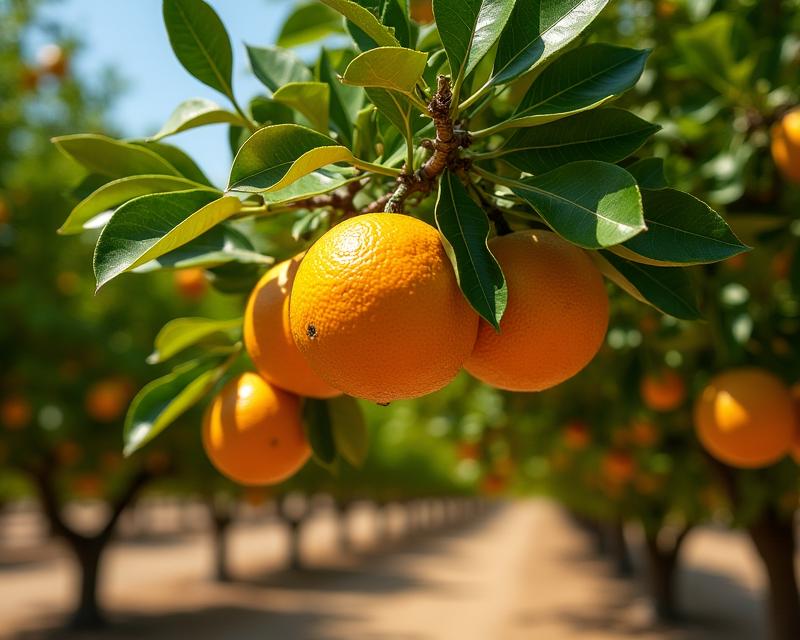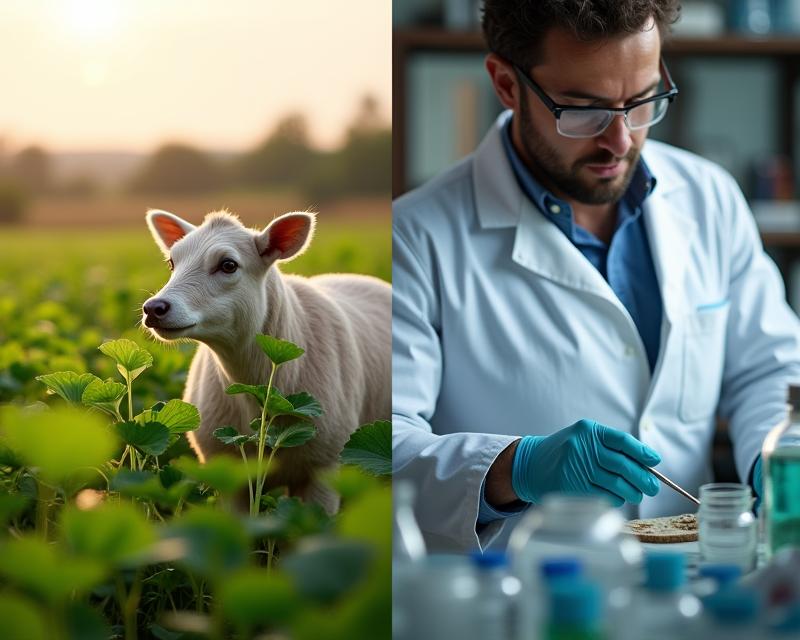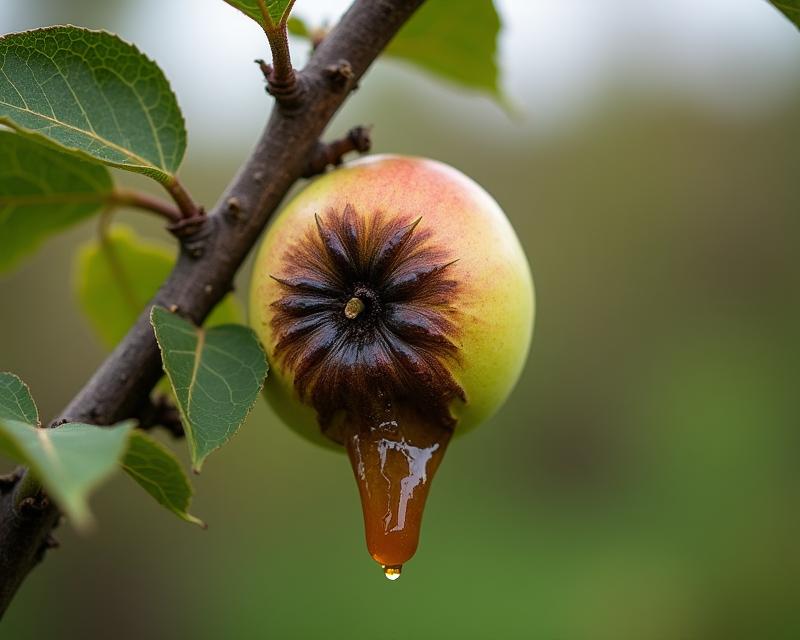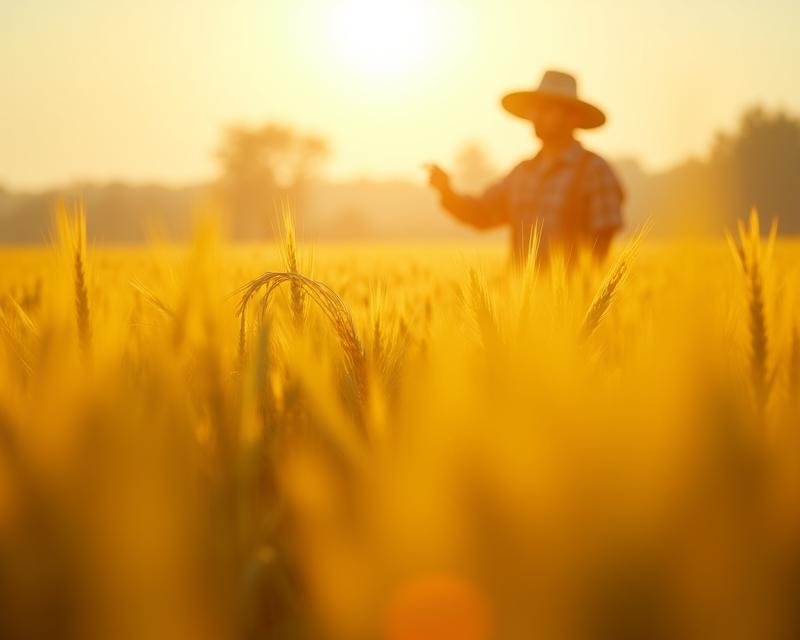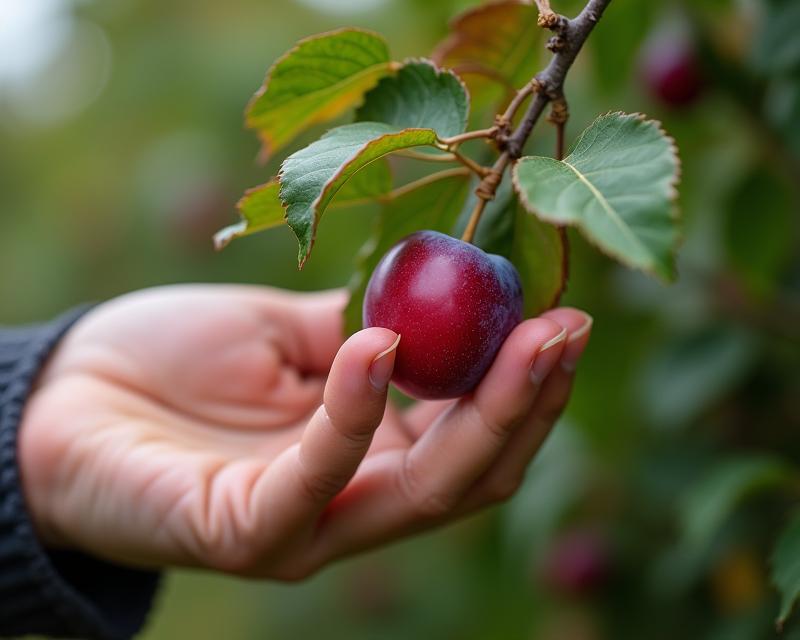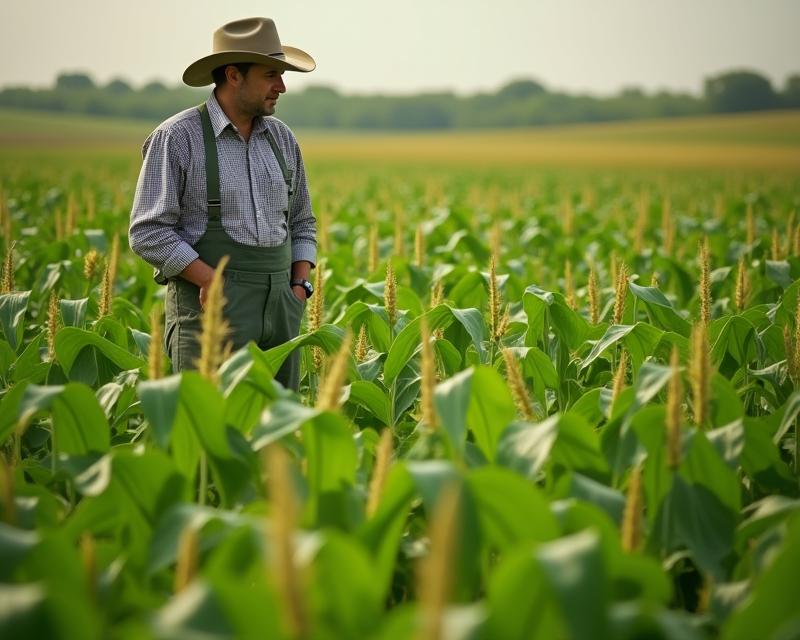Barley: A Grain Through the Ages
Publish in Crops el 22/07/2025 16:43
Barley: A Grain Through the Ages
Barley. It might seem simple, but this ancient grain has played a monumental role in human history, particularly in the fertile lands of Mesopotamia. Understanding its evolution offers fascinating insights into agriculture and the development of civilization – and it’s a story with relevance even for modern farmers and gardeners!
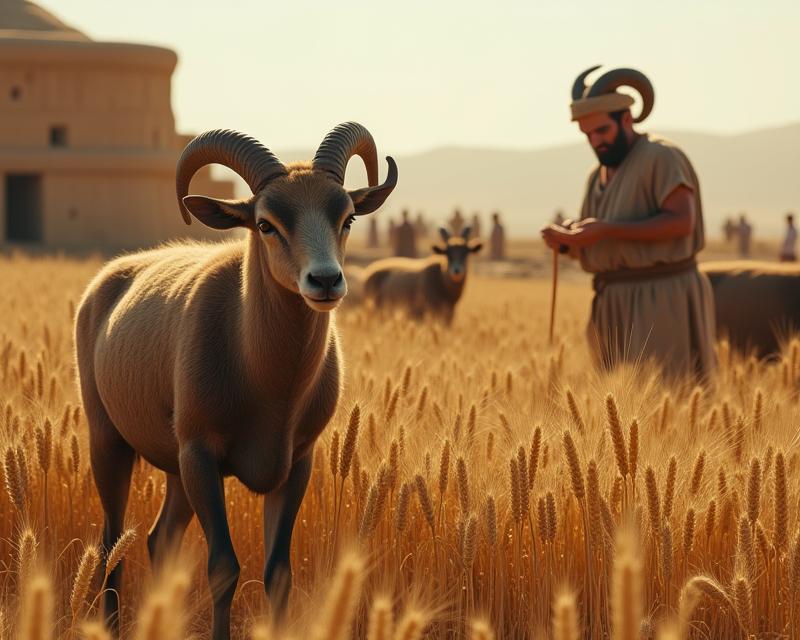
The story of barley begins in the Fertile Crescent, around 10,000 years ago. Mesopotamia, modern-day Iraq, was a hotbed of early agriculture, and barley was one of the first crops cultivated. Archaeological evidence shows that barley was a staple food source, providing sustenance for early settlements. It was incredibly adaptable, thriving in a range of climates and soil types, making it a reliable crop for growing populations. Early farmers learned to domesticate wild barley, selecting for traits like higher yields and better grain quality. This process of selective breeding laid the groundwork for the barley varieties we know today.
But barley’s importance didn’t stop at food. It was quickly discovered that barley could be used to make beer! Brewing is one of the oldest human technologies, and barley was the star ingredient. Early beers were likely thick, sweet, and not very hoppy – quite different from the brews we enjoy today! Beer wasn't just a beverage; it was a vital part of Mesopotamian culture, used in religious ceremonies, as a form of payment, and as a daily part of the diet. The brewing process itself spurred agricultural innovation. Farmers needed to develop techniques for harvesting, storing, and processing barley to efficiently produce beer. This led to advancements in milling and fermentation techniques, which eventually spread throughout the ancient world.
From Mesopotamia, barley cultivation and brewing spread to Egypt, Greece, and Rome, becoming integral to their cultures. Different regions developed their own barley varieties and brewing styles, reflecting local tastes and resources. Even today, barley remains a significant crop, used not only for food (malted barley is a key ingredient in many foods) but also for animal feed and, of course, beer! As farmers, understanding the history of crops like barley reminds us of the long and complex relationship between humans and the land. It highlights the importance of adaptation, innovation, and the enduring power of a simple grain to shape civilization. Whether you're growing barley for livestock feed or simply appreciating its historical significance, it’s a crop with a rich and fascinating past.
- Early Mesopotamia: First cultivated around 10,000 years ago.
- Brewing: One of the oldest human technologies, barley was the primary ingredient.
- Adaptability: Thrives in various climates and soil types.
- Modern Use: Food, animal feed, and beer!
